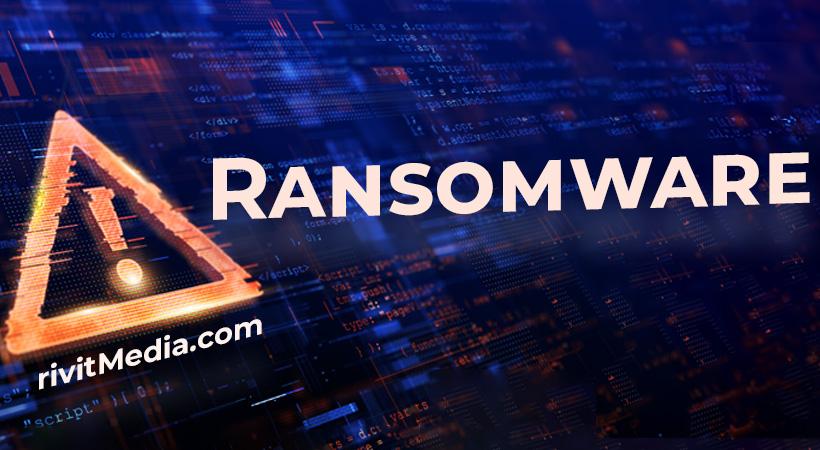In the ever-evolving landscape of cybersecurity threats, ransomware remains a persistent danger, with attackers using increasingly sophisticated methods to compromise systems and encrypt valuable data. The PIRAT HACKER GROUP ransomware, based on the Chaos ransomware, has recently emerged as a malicious program targeting unsuspecting users. This article aims to provide insights into the actions, consequences, and preventive measures associated with the PIRAT HACKER GROUP ransomware, shedding light on the importance of proactive cybersecurity practices.
Understanding PIRAT HACKER GROUP Ransomware
The PIRAT HACKER GROUP ransomware operates as a variant of the Chaos ransomware, encrypting files on the victim’s system for ransom purposes. Upon infection, the ransomware appends a unique extension comprising four random characters to the names of affected files, making them inaccessible to the user. For instance, a file named “1.jpg” may appear as “1.jpg.xgu8” after encryption.
The ransomware leaves a distinctive mark by creating a ransom note named “read_it.txt” and altering the desktop wallpaper, falsely claiming an association with the Federal Bureau of Investigation (FBI). The ransom note typically demands a payment of 300 USD in Bitcoin for the decryption of files.
Consequences of PIRAT HACKER GROUP Ransomware:
- File Encryption: PIRAT HACKER GROUP encrypts files on the victim’s system, rendering them inaccessible without the decryption key.
- Financial Extortion: The ransom note demands a payment of 300 USD in Bitcoin cryptocurrency for the release of a decryption key.
- Identity Impersonation: The ransomware uses a wallpaper falsely claiming association with the FBI, creating a sense of urgency and intimidation.
- Data Loss and Disruption: Users may experience significant data loss and disruption to their daily activities due to encrypted files.
Detection Names and Similar Threats
Cybersecurity tools classify PIRAT HACKER GROUP as a ransomware, crypto virus, and file locker. Detection names include Avast (Win32:CoinminerX-gen [Trj]), Combo Cleaner (Gen:Variant.Lazy.280093), ESET-NOD32 (A Variant Of MSIL/TrojanDropper.Agent.F), Kaspersky (HEUR:Trojan.MSIL.Quasar.gen), Microsoft (Trojan:MSIL/AveMaria.NEEC!MTB), and others. Similar threats in the ransomware category include CoV, AeR, CookiesHelper, and Pings.
Actions Taken by PIRAT HACKER GROUP Ransomware
- File Encryption: The ransomware encrypts files using a cryptographic algorithm, making them inaccessible to the user.
- Ransom Note Creation: PIRAT HACKER GROUP creates a ransom note named “read_it.txt” detailing the ransom demand and payment instructions.
- Desktop Wallpaper Alteration: The ransomware changes the desktop wallpaper, falsely claiming affiliation with the FBI to create a sense of urgency.
Preventive Measures
- Regular Backups: Maintain regular backups of important files on separate and secure storage to facilitate recovery without succumbing to ransom demands.
- Email Vigilance: Exercise caution when opening email attachments or links, especially from unknown or suspicious sources.
- Software Updates: Keep operating systems and security software up-to-date to patch vulnerabilities and protect against known exploits.
- User Education: Educate users about the risks of downloading or opening files from untrusted sources and the importance of cybersecurity awareness.
- Network Security: Implement robust network security measures to detect and block malicious activities, minimizing the risk of ransomware infiltration.
- Endpoint Protection: Employ advanced endpoint protection solutions to detect and block ransomware before it can execute on the system.
Conclusion
The emergence of PIRAT HACKER GROUP ransomware underscores the ongoing threat landscape faced by users and organizations. By understanding the actions and consequences of this malicious program and adopting proactive cybersecurity practices, users can bolster their defenses against ransomware attacks. Regular backups, email vigilance, software updates, user education, network security, and endpoint protection are crucial elements in mitigating the risks posed by ransomware threats like PIRAT HACKER GROUP.





